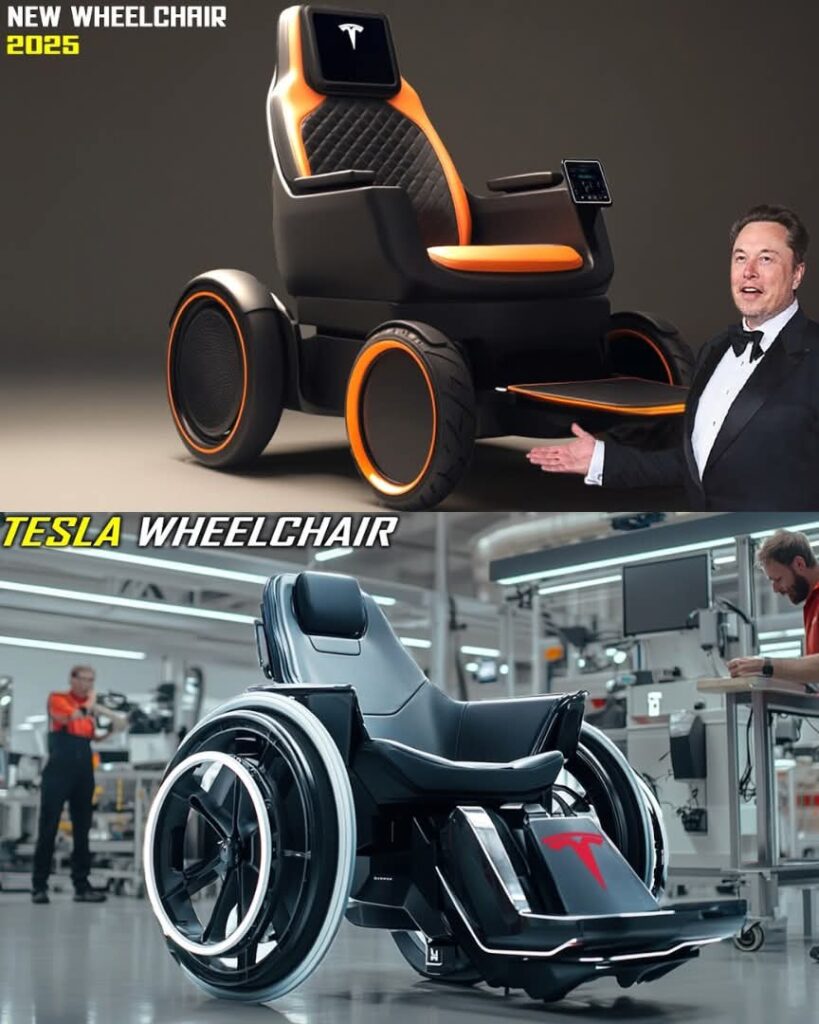
As of April 2025, Elon Musk and Tesla have not officially released a product known as the “Tesla Wheelchair.” However, the concept has garnered significant attention, inspiring discussions and speculative designs within the assistive technology community.
Speculative Features and Innovations
Enthusiasts and designers have envisioned a Tesla-branded wheelchair incorporating advanced features such as:
Lightweight and Durable Frame: Utilizing materials like carbon fiber reinforced aluminum to ensure strength while minimizing weight, facilitating easier transport and maneuverability.
Autonomous Navigation: Integrating Tesla’s Autopilot technology to enable the wheelchair to navigate various environments safely, potentially reducing the need for manual control.
Solar-Powered Charging: Incorporating solar panels to extend battery life, promoting sustainability, and reducing reliance on traditional charging methods.
Smart Technology Integration: Featuring connectivity with mobile devices and other Tesla products, allowing users to customize settings, monitor health metrics, and receive real-time updates.
Neuralink and Assistive Technologies
Beyond the realm of wheelchairs, Elon Musk’s Neuralink has made strides in brain-computer interface technology. In January 2024, Neuralink implanted its N1 chip into Noland Arbaugh, a patient with quadriplegia since 2016. This implant enabled Noland to control a computer cursor using thought alone, showcasing the potential of BCIs in restoring certain functionalities for individuals with mobility impairments.
Community Initiatives and Discussions
The idea of a Tesla wheelchair has also sparked grassroots initiatives. A petition was launched advocating for discussions with Elon Musk about developing a wheelchair-accessible Tesla vehicle, highlighting the community’s interest in accessible transportation solutions.
Conclusion
While the Tesla Wheelchair remains a concept, it embodies the intersection of innovative technology and the pursuit of enhanced mobility solutions. Ongoing advancements in autonomous systems, sustainable energy, and neural interfaces continue to inspire possibilities that could significantly impact the lives of individuals with mobility challenges.

